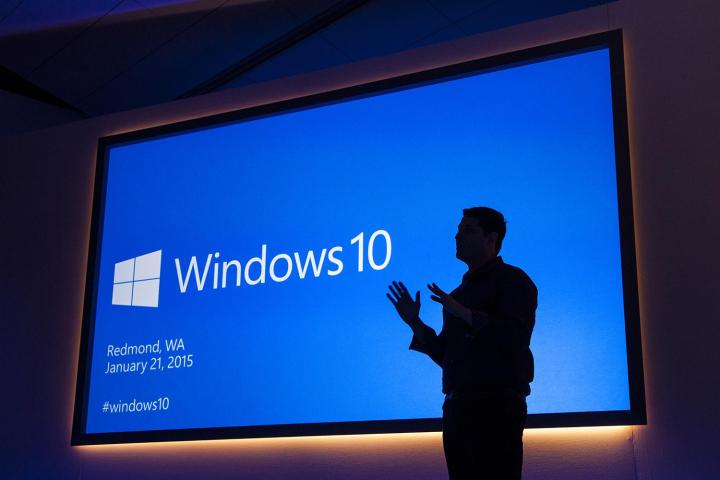
Original Article: Back in April, AMD CEO Lisa Su casually mentioned in a company earnings call that Microsoft would be launching Windows 10 “at the end of July.” That was news to us at the time — as it turns out, her words were right on the money.
Microsoft announced early Monday morning that Windows 10 will launch in 190 countries beginning July 29. As expected, the upgrade will be available for free to users running Windows 7 and Windows 8.1 on qualified devices.
Windows 10 is at once a leap forward and a return to form. While it adds plenty of new features, like the personal assistant Cortana and the new Microsoft Edge browser, it also marks the return of the iconic Start Menu. The update is also more connected than ever, including tight integration with Microsoft’s Xbox platform.
Save $20 on Ultimate Help Desk service for Win10 transitions. MSRP $99.99
To spread the word, Microsoft has pushed an update to existing versions of Windows that adds a notification to the user’s taskbar, allowing them to “reserve” their copy of Windows. (Take a look! It’s down there in the bottom right corner of your system right now.) Notifying users of the new version of Windows has obvious benefits, but this reservation system also allows Microsoft to roughly gauge how many are interested, making for a smoother rollout on launch day.
If you’re a Windows Phone user anxiously awaiting the update, unfortunately you’ll have to wait a little longer: the July 29 launch is only for PCs and tablets. There is currently no word on when Windows 10 will be available for phones.
To get a head start on the upgrade process, head over to the upgrade page for Windows 10. Once there you’ll be able to reserve your digital copy. After you’ve done this, Windows 10 will automatically download to your computer as soon as the update is ready. Don’t worry: You’re able to cancel the reservation at any time, should you change your mind.
For more information, see our roundup of Windows 10 features and changes.
Editors' Recommendations
- Windows 11 might nag you about AI requirements soon
- You’re going to hate the latest change to Windows 11
- The most common Windows 11 problems and how to fix them
- Microsoft announces a new threat to push people to Windows 11
- How to adjust screen resolution in Windows 11 and older


